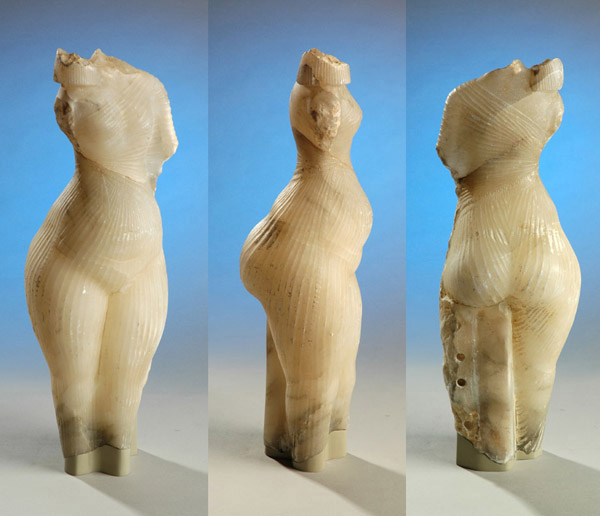Chapter Eight: The Metaphysics of Quality
More video: Good >>
‘Quality is the response of an organism to its environment’, wrote Pirsig in Zen and the Art of Motorcycle Maintenance. Nothing is more fundamental to life than this relationship, which contains both parties. If we think of ourselves as separate beings apart from our surroundings, we are prey to an illusion. Insofar as our intellectual tradition divides the world into subjects and objects, it remains blind to those moments of joy when subject and object fuse, generating meaning and value.

Fig. 8.1, The Four Discrete Levels of Value in Pirsig’s metaphysics of Quality. The Static Patterns on each level are deposits left by the operation of Dynamic Quality, here shown as DQ in the background.
The prompts of Quality – pleasure or pain, delight or dejection – have been refined and reinforced throughout evolutionary history. Quality is the dynamic of natural selection. It guides our biological needs, our social wellbeing, and our intellectual accomplishments. In his second book, Lila, An Inquiry into Morals (1991), Pirsig proposed a metaphysical framework in which the conflicting claims of Quality are recognised and arranged in a natural hierarchy. The thrill of the moment is fleeting, but it can leave patterned outcomes that endure in their discrete biological, social, and intellectual spheres (fig. 8.1). Our offspring, our social institutions, and the works of fine art which articulate our values, are all patterns left by the action of Dynamic Quality.
—These separate layers also suggest how we might distinguish the Beautiful from the Good, a problem that engaged Plato in two dialogues. What strikes us as beautiful on one level may prove not to be good on the level above. Morality operates when the higher values hold the lower ones in check, and Dynamic Quality on the highest level will be the final arbiter. If DQ fails, that organism, or corporation, or concept, is extinguished, and rivals will hasten to take its place.— The Truth about Art, p. 135
Chapter 8 also tests Pirsig’s Metaphysics of Quality against the history of art. Works of fine art belong to the realm of the intellect, where artists find the signs and symbols onto which they can map new Quality experiences, so that their meaning can be understood and shared. The MoQ is particularly illuminating on the changing social fortunes of art works. We discover, for example, that the fame – the social Quality – of the Mona Lisa was established by a writer who may never have seen it; that over the last 100 years the number of authenticated Rembrandt paintings has fallen from 700 to 320; and how the captivating Princess from the Egyptian Amarna period (ca 1350–1334 BCE) (fig. 8.2) was exposed as a modern forgery.
Works of contemporary fine art are particularly dependent on the skilful marketing that establishes their social – that is their financial – value.
References: Robert M. Pirsig, Lila, An Inquiry into Morals (1991; 2011)
< Previous Chapter | Next Chapter >

